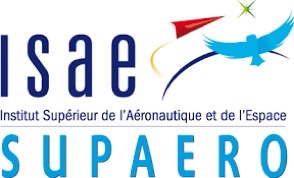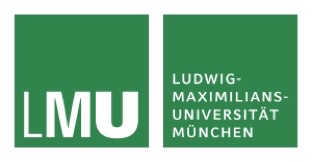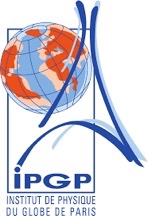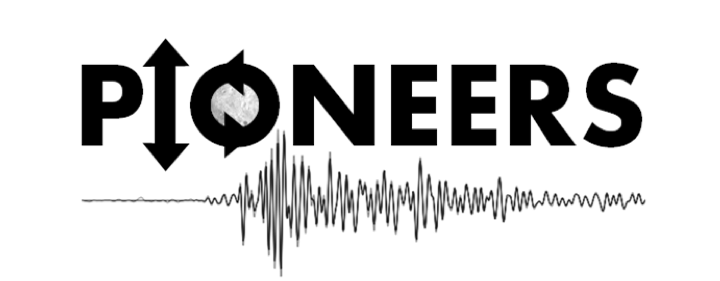
PIONEERS is funded by the biggest European Union Research and Innovation programm, the Horizon 2020 programm. Horizon 2020 aims to bring great ideas from European laboratories to the market.
Within the PIONEERS project new generation seismic instrumentation for future planetary missions is being developed by European partners and the applicable scientific requirements are being defined, including environment noise analysis, for the translation and rotation measurements of various physical processes in different planetary deployment conditions.
Investigation of the internal structure of planetary objects has become a high priority for space agencies. Consequently, the potential market for instruments sounding the planetary internal structure is huge. In order to keep and reinforce the European leadership in this field, innovative solutions must be developed and validated.
The main innovations that are developed through this project are to combine rotation and translation measurements, and to improve the performance of planetary seismometers by two orders of magnitude. This is enabled by the use of optical technology in which Europe has a leadership position.
PIONEERS will allow Europe to keep its technological advance and to enter a new realm of planetary exploration and to train at the same time young European professionals in this new research field.
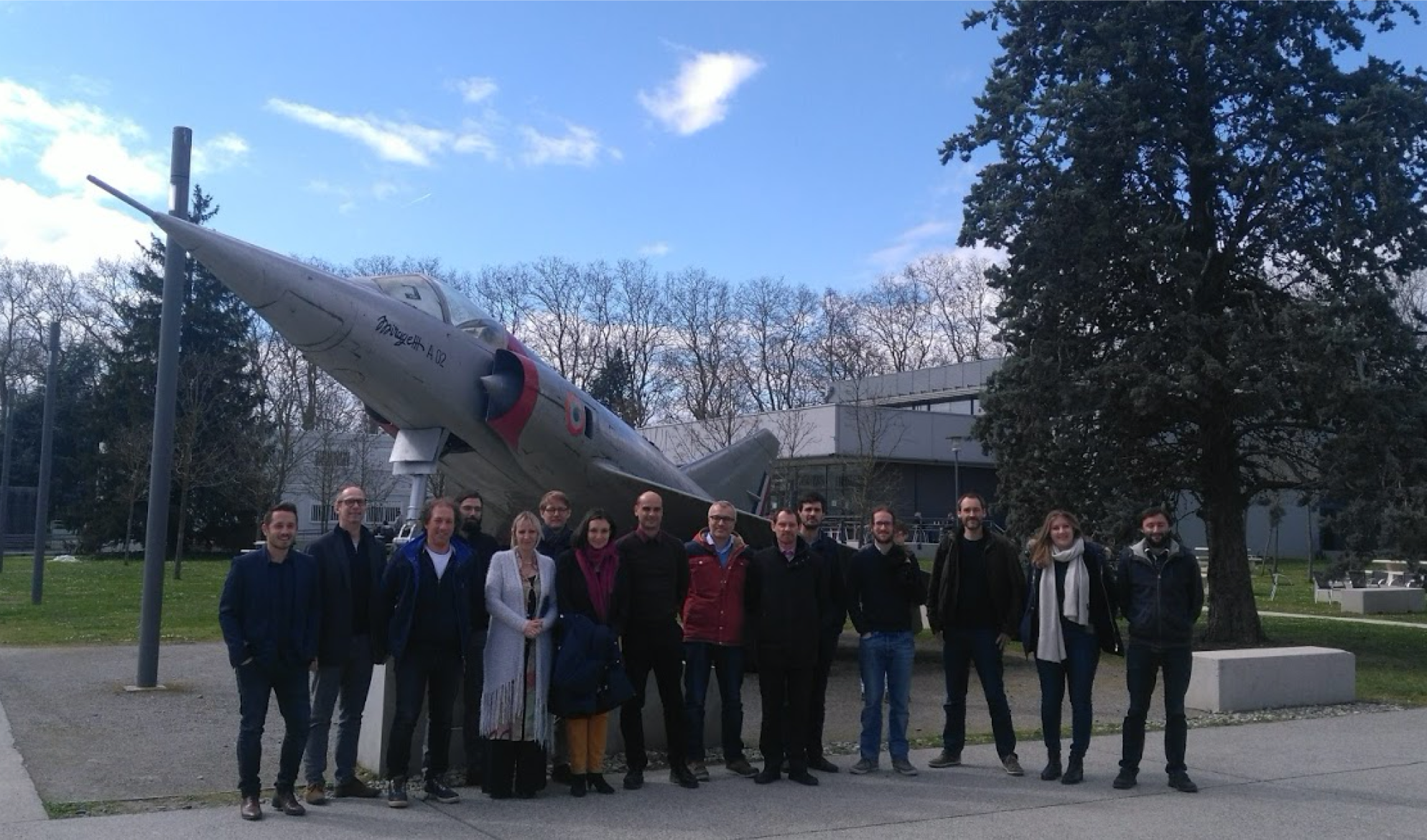
Objectives
Given the scientific value of the exploration of planetary interiors, combined with the recent leap progress in ground motion instrumentation concepts, this project is targeting the following objectives:
- OB1: Keep the European leadership in planetary geophysics through innovation
- OB1.1: Define and manufacture the first 6 Degrees of Freedom (3 translations and 3 rotations) instruments for planetary seismology and geophysics
- OB1.2. Improve by 2 orders of magnitude the performances of the existing planetary inertial sensors (translational and rotational) thanks to optical interferometry
- OB1.3: Develop the associated innovative data analysis methods
- OB1.4: Train young European professionals in this new research field
- OB2: Improve competitiveness of industrial partners on the market of scientific instrumentation
- OB2.1: Increase versatility of inertial space technology
- OB2.2: Complete the offer of seismometer from exail with translation instruments
- OB3: Provide prototypes of 6 Degrees of Freedom (DoF) instruments for future missions
- OB3.1. One instrument for planetary seismology (TRL 4/5 – EM level)
- OB3.2. One instrument for small bodies geophysics (TRL 6/7 – PFM level)
These objectives are reached by working in a synergistic way and collaboration on the following Work Packages (WP):
| WP N° | Work package title | Lead participant | Person-Months | Start Month | End Month |
|---|---|---|---|---|---|
| 1 | Requirements and science applications for planetary rotational/translational sensors | LMU H. Igel |
53.3 | M1 | M48 |
| 2 | Development of an optical VBB seismometer sensor | IPGP S. Deraucourt |
96 | M1 | M36 |
| 3 | Development of FOG technologies for optical rotational seismometer | exaile G. Lecamp |
85 | M1 | M36 |
| 4 | 6 – DoF Instruments Design | ISAE-SUPAERO A. Cadu |
121.7 | M1 | M48 |
| 5 | Project management | ISAE-SUPAERO R.F. Garcia |
17 | M1 | M48 |
| 6 | Dissemination and exploitation | ORB B. Ritter |
20 | M1 | M48 |

